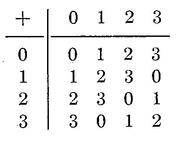Harry F. Davis - Fourier Series and Orthogonal Functions
Here you can read online Harry F. Davis - Fourier Series and Orthogonal Functions full text of the book (entire story) in english for free. Download pdf and epub, get meaning, cover and reviews about this ebook. year: 1989, publisher: Dover Publications, genre: Science. Description of the work, (preface) as well as reviews are available. Best literature library LitArk.com created for fans of good reading and offers a wide selection of genres:
Romance novel
Science fiction
Adventure
Detective
Science
History
Home and family
Prose
Art
Politics
Computer
Non-fiction
Religion
Business
Children
Humor
Choose a favorite category and find really read worthwhile books. Enjoy immersion in the world of imagination, feel the emotions of the characters or learn something new for yourself, make an fascinating discovery.
- Book:Fourier Series and Orthogonal Functions
- Author:
- Publisher:Dover Publications
- Genre:
- Year:1989
- Rating:3 / 5
- Favourites:Add to favourites
- Your mark:
Fourier Series and Orthogonal Functions: summary, description and annotation
We offer to read an annotation, description, summary or preface (depends on what the author of the book "Fourier Series and Orthogonal Functions" wrote himself). If you haven't found the necessary information about the book — write in the comments, we will try to find it.
The first three chapters of the book address linear spaces, orthogonal functions, and the Fourier series. Chapter 4 introduces Legendre polynomials and Bessel functions, and Chapter 5 takes up heat and temperature. The concluding Chapter 6 explores waves and vibrations and harmonic analysis. Several topics not usually found in undergraduate texts are included, among them summability theory, generalized functions, and spherical harmonics.
Throughout the text are 570 exercises devised to encourage students to review what has been read and to apply the theory to specific problems. Those preparing for further study in functional analysis, abstract harmonic analysis, and quantum mechanics will find this book especially valuable for the rigorous preparation it provides. Professional engineers, physicists, and mathematicians seeking to extend their mathematical horizons will find it an invaluable reference as well.
Harry F. Davis: author's other books
Who wrote Fourier Series and Orthogonal Functions? Find out the surname, the name of the author of the book and a list of all author's works by series.

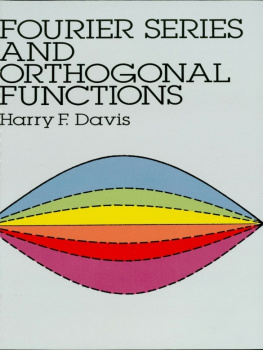
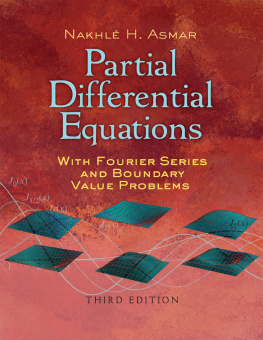
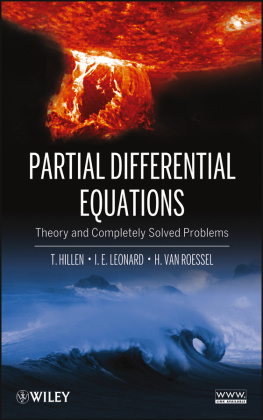
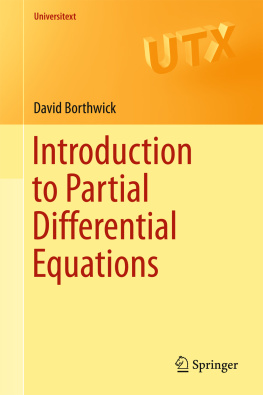
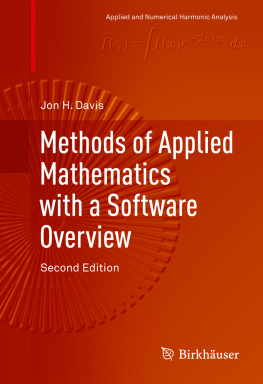

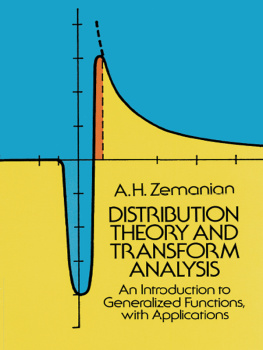
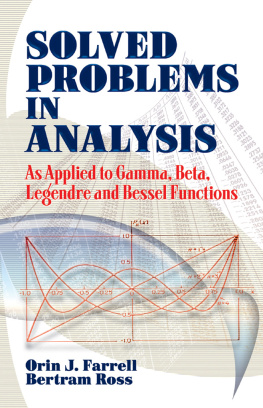
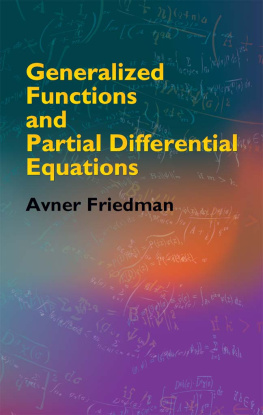
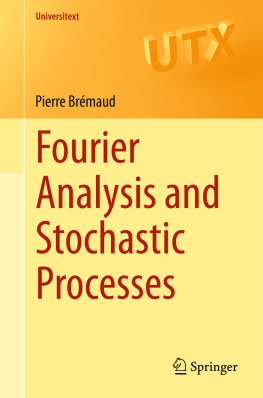

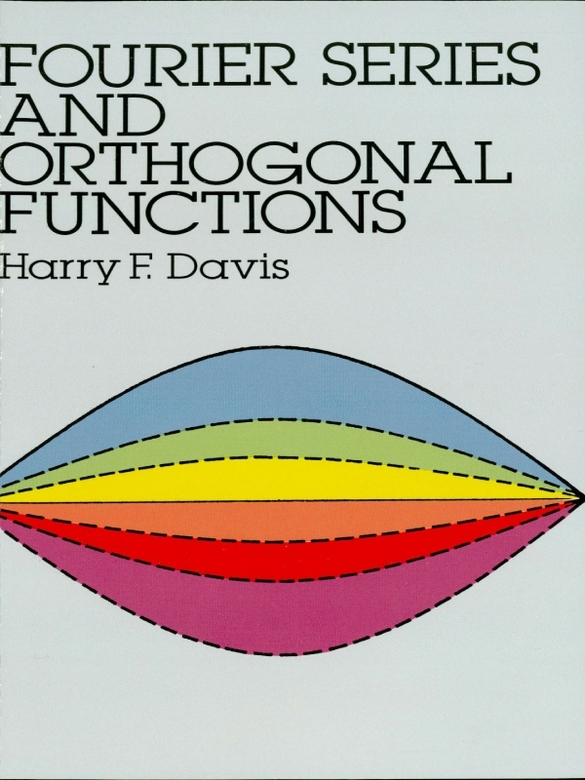


 where z k is the sum of those products x i y j for which i j = k . Our first object is to show that, when rewritten in a suitable form, the product in (1) is essentially the convolution product of two functions.
where z k is the sum of those products x i y j for which i j = k . Our first object is to show that, when rewritten in a suitable form, the product in (1) is essentially the convolution product of two functions.




 , which is the function defined by
, which is the function defined by 